
This logo isn't an ad or affiliate link. It's an organization that shares in our mission, and empowered the authors to share their insights in Byte form.
Rumie vets Bytes for compliance with our
Standards.
The organization is responsible for the completeness and reliability of the content.
Learn more
about how Rumie works with partners.
Many of the struggles trans people deal with on a day-to-day basis are due to misinformation. There are many common things people might say about trans people on a day-to-day basis, the attitudes of which affect everything from laws around single-sex spaces to education about LGBTQ+ identities in the classroom.
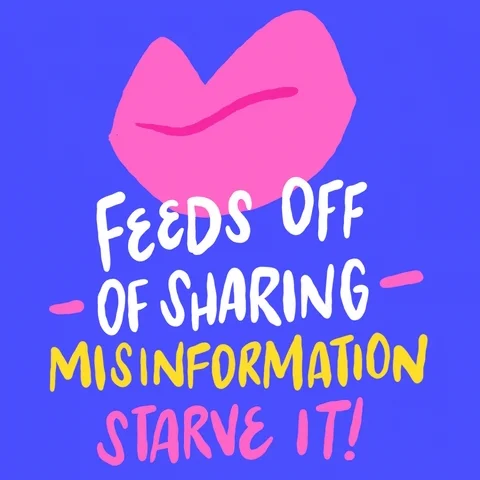
By learning about these common aspects of misinformation about trans identities, you can feel empowered to combat them and support the trans communities.
"I don't have pronouns. I'm just a female/male."
If someone was talking about you to someone else, would they say "she", "he", "they" or something else? For instance, "I know Maria, she is my neighbor."
Pronouns are just that, the words we use to talk about someone in third-person. Trans people may change their pronouns to better represent their gender, but people who aren't trans have pronouns as well.
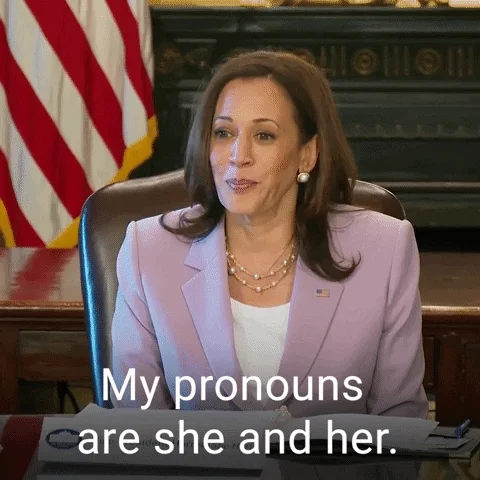
When people argue that they don't have pronouns, they isolate trans people and make it seem unusual to respect people's pronouns.
Quiz
Molly is a cisgender (not transgender) woman. How might she respectfully introduce what pronouns she uses to her friends? Select all that apply:
It's important to communicate clearly what pronouns you use when you want to share them. No pronouns are more "normal" than any others, regardless of your gender, and not all women use she/her pronouns. For example, some butch lesbian women use he/him pronouns.
"The pronoun 'they' is only for multiple people, so you can't use it."
While you may have been taught that they is for two or more people, people actually use singular they to talk about one person quite often. For example, if you find a wallet on the ground you may ask "Has anyone lost their wallet?"
Many non-binary and trans people use they as one of their pronouns. By saying that it is not acceptable, people are invalidating this important aspect of someone's identity.
If someone introduces themself with they/them pronouns, they don't want a grammar lesson — they want respect.
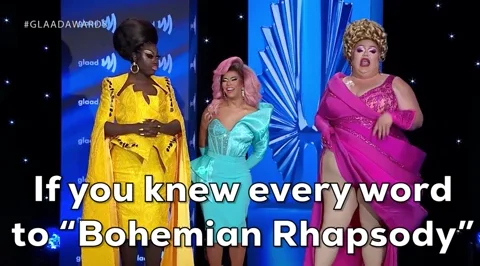
Did you know?
Some trans people use multiple sets of pronouns. They may use she/her and they/them, or he/him and they/them, or all three. In a sentence, you could say "I saw Jade at the park yesterday. She had a really awesome hat. I hope you get to meet them soon!"
"You CAN'T be transgender AND..."
...Black, Christian, Muslim, disabled, young, old, gay, straight, etc. When people have a narrow view of what it means to be trans, rather than an intersectional understanding, they ascribe assumptions and stereotypes about what you can and cannot be.
Trans people have as much diversity as any other identity group, and can be any religion, ethnicity, age, ability, sexuality, etc. When this intersectionality is not recognized, they can be isolated from other communities, and lose support. This is one reason why it's really important to have diverse media representation of trans people.
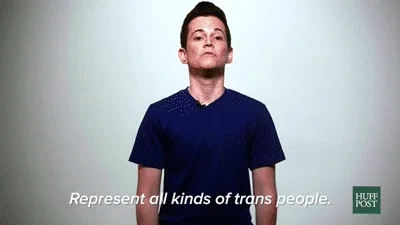
Did you know?
More and more TV shows and films feature trans characters and are made by trans creators, allowing for lots more diversity in representation. Check out this list for a few movies about the LGBTQ+ and trans experience.
"You're transgender? Why would you choose that?"
Another common misconception is that trans people are choosing their gender. Gender identity is just something that you have, regardless of any external pressures or your own opinions or decisions. You cannot choose to be trans any more than you can choose not to be.
This misinformation leads to people trying to put a stop to trans people living their ordinary lives, whether that's through conversion therapy, denying access to trans healthcare, or banning representations of trans people from media and from children especially. They think banning trans people will stop them from existing.

Quiz
You're writing a story about a trans character. Which of these is a respectful way to mention how they came out? Select all that apply:
People don't always know they're trans from when they're very young, and may have a realization at any age. But, it is never true that being trans is a choice, or that anyone's parenting, schooling, or relationship choices will affect their gender identity.
"Being transgender is just what is popular/trendy these days."
There are more people today coming out as trans. Some people are under the impression that this is a result of trans people wanting popularity, fame, or attention. However, this is actually because of greater representation of trans people in the media and overall acceptance.
Trans people have existed as far back as 5000 to 3000 BCE, and there are global historical records of trans people in the Middle East, Europe, and the Americas. Many societies worldwide acknowledge a non-binary third gender, as well.
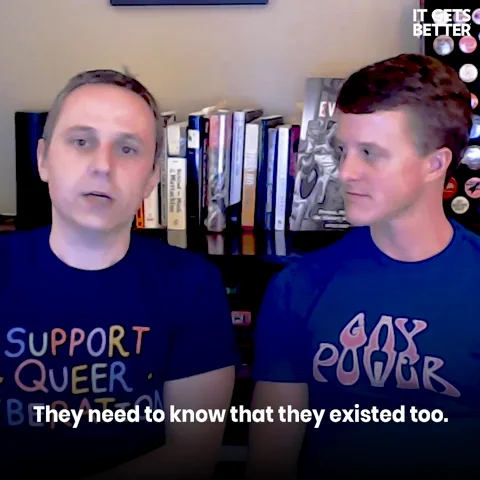
Did you know?
You can learn about a historical transgender trailblazer Marsha P Johnson on Rumie!
"As a feminist, I believe only real women should be in single-sex spaces."
Trans women are women, and feminism is about equality for all women.
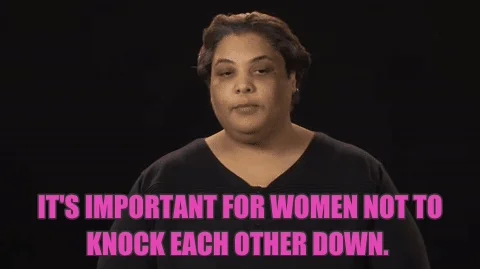
Trans-exclusionary radical feminists (TERFs), sometimes called gender-critical feminists, want to separate trans women, whom they do not see as real women, from cisgender ("real") women by denying them access to women's spaces like bathrooms, sports teams, prisons, and hospital wards. They falsely believe that trans women want to harass and abuse cisgender women and children.
There is no statistical support for the claim that they are more likely to be perpetrators of abuse. In fact, trans women are more likely to be victims.
Quiz
How can gendered and single-sex spaces be inclusive of transgender people? Select all that apply:
Many feminists champion the importance of single-sex spaces. But single-sex spaces need not be trans-exclusionary. One way is by allowing people to enter based on their gender identity, rather than biology (ie. genitalia or hormones) or appearance (whether they look enough like a man or woman). This protects all gender non-conforming people, including those who are cisgender. Everyone's privacy should be respected, like having single stall bathroom options, and safety from harassment and abuse should be promoted regardless of gender.
"Doesn't that just mean you're gay?"
Although gay and trans are both under the umbrella of LGBTQ+, the word gay refers to a sexual orientation, and transgender refers to a gender identity. Trans people can be of any sexual orientation.
When someone comes out as trans, they may also come out as having a different sexual orientation. For example, someone who used to identify as a lesbian (usually, a woman who is attracted to women) may now identify as a straight trans man (a man who is attracted to women). Sexual orientation and gender identity can both change over time.

Quiz
What should you do when someone uses misinformation about trans people to discriminate or be hurtful? Select all that apply:
Misinformation about trans people can lead to bullying and harassment, as well as major legislative consequences. It's important to correct misinformation and to offer solutions to perspectives that don't discriminate against trans people. Calling someone transphobic right away often puts them on the defensive, rather than in an opportunity to learn the truth.
Take Action
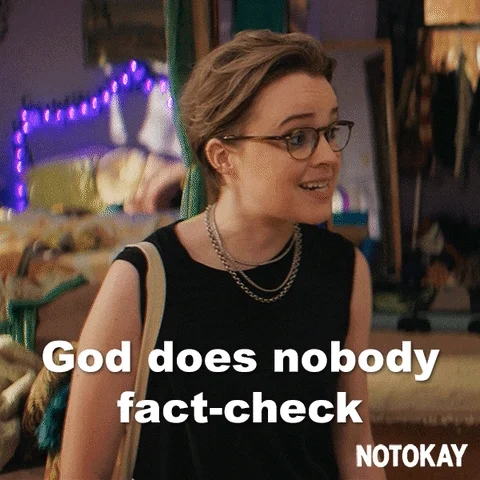
Misinformation about transgender people may seem like innocent words and phrases, but it can have major and lasting consequences for the well-being and rights of members of the trans community.
By recognizing commonly-held but false beliefs about trans people and knowing the truth about the matters, you can take action to combat misinformation and support your trans friends, family members, and peers.
This Byte has been authored by
Anna Thompson
Tutor
MA